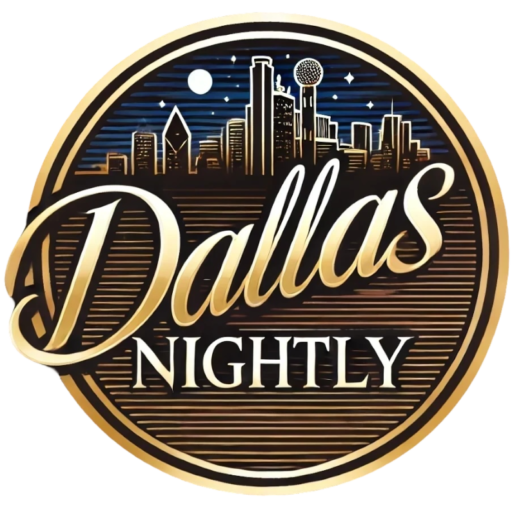The Secret Sauce of Dallas’s Urban Arts District: How It Became a Cultural Icon
The Dallas Arts District is a cultural powerhouse that defines the city’s artistic and creative spirit. Spanning 19 contiguous blocks, it stands as the largest urban arts district in the United States. Over the decades, it has grown into a beacon of innovation, collaboration, and architectural brilliance, attracting art lovers from across the globe.
The Vision Behind the Dallas Arts District
The Dallas Arts District began as a bold idea in the late 1970s when the Dallas Museum of Art decided to relocate from Fair Park. This move sparked the vision for a centralized cultural district. In 1976, the museum’s board commissioned urban design consultants Carr Lynch Associates to create a comprehensive plan for Dallas’s cultural institutions.
The result was a meticulously designed district that brought together some of the world’s finest architectural and cultural institutions. From the start, the goal was clear: to foster a space where art, community, and education could thrive in harmony.
Architectural Marvels That Define the District
One of the standout features of the Dallas Arts District is its stunning collection of world-class architectural landmarks. Each venue adds to the district’s unique character, offering spaces that inspire creativity and community connection.
Morton H. Meyerson Symphony Center
Designed by the legendary I.M. Pei, this iconic venue is home to the Dallas Symphony Orchestra and features acoustics that are considered among the best in the world.
Winspear Opera House
A modern interpretation of a traditional opera house, the Winspear boasts a distinctive red glass façade and hosts performances from opera to contemporary dance.
Nasher Sculpture Center
Renowned for its serene gardens and natural light, the Nasher showcases a premier collection of modern and contemporary sculpture.
Dee and Charles Wyly Theatre
This innovative space serves as a flexible venue for theatrical performances, embodying cutting-edge design that redefines the boundaries of stagecraft.
Dallas Museum of Art
The heart of the district, the DMA features an extensive collection spanning centuries and cultures, anchoring the district’s reputation as an artistic hub.
A Cultural Impact Felt Far and Wide
The Dallas Arts District isn’t just a local treasure—it’s a cultural icon that has significantly influenced Dallas’s reputation on the global stage. Its collaborative ethos emphasizes education, community engagement, and inclusivity, ensuring that the arts remain accessible to all.
Over the years, the district has contributed to the city’s economic growth, attracting high-end residential developments, dining destinations, and office spaces. This vibrant mix of commerce and culture has turned the district into a thriving ecosystem that benefits the entire Dallas community.
Challenges and Opportunities for Growth
Despite its successes, the Dallas Arts District faces challenges in becoming a fully integrated urban neighborhood. While it excels as an entertainment destination, critics note its lack of mixed-use developments, which limits its appeal as a pedestrian-friendly, 24/7 community.
Efforts to address these concerns include plans to transform Pearl Street into the “Avenue of the Arts.” This ambitious project aims to connect the district with surrounding neighborhoods, creating a more inclusive and accessible space for residents and visitors.
What Makes the Dallas Arts District a Cultural Icon?
Several factors contribute to the district’s status as a cultural icon:
- Architectural Excellence: The district’s collection of venues rivals any in the world, blending form and function seamlessly.
- Collaborative Spirit: Partnerships between institutions foster innovative programming and community involvement.
- Economic Contribution: The district has spurred local development, creating jobs and boosting the city’s economy.
- Global Recognition: The district attracts international tourists and artists, enhancing Dallas’s reputation as a cultural hub.
The Future of the Dallas Arts District
As the district evolves, its leaders are focused on balancing its legacy with future growth. Initiatives to enhance walkability, introduce more mixed-use spaces, and expand community programming are already underway.
The district’s continued success will depend on its ability to innovate while preserving the elements that have made it a cultural icon. As Dallas grows, the Arts District will remain a shining example of how cities can use the arts to shape their identity and impact.
Conclusion: Why the Dallas Arts District Matters
The Dallas Arts District exemplifies the transformative power of the arts in urban development. From its architectural marvels to its emphasis on community and education, the district serves as a model for cities worldwide.
For Dallas residents and visitors, it offers an unparalleled cultural experience, blending history, creativity, and innovation. As the district looks to the future, it promises to remain a cornerstone of Dallas’s identity. Proving that the arts are not just an amenity but also an essential part of urban life.











